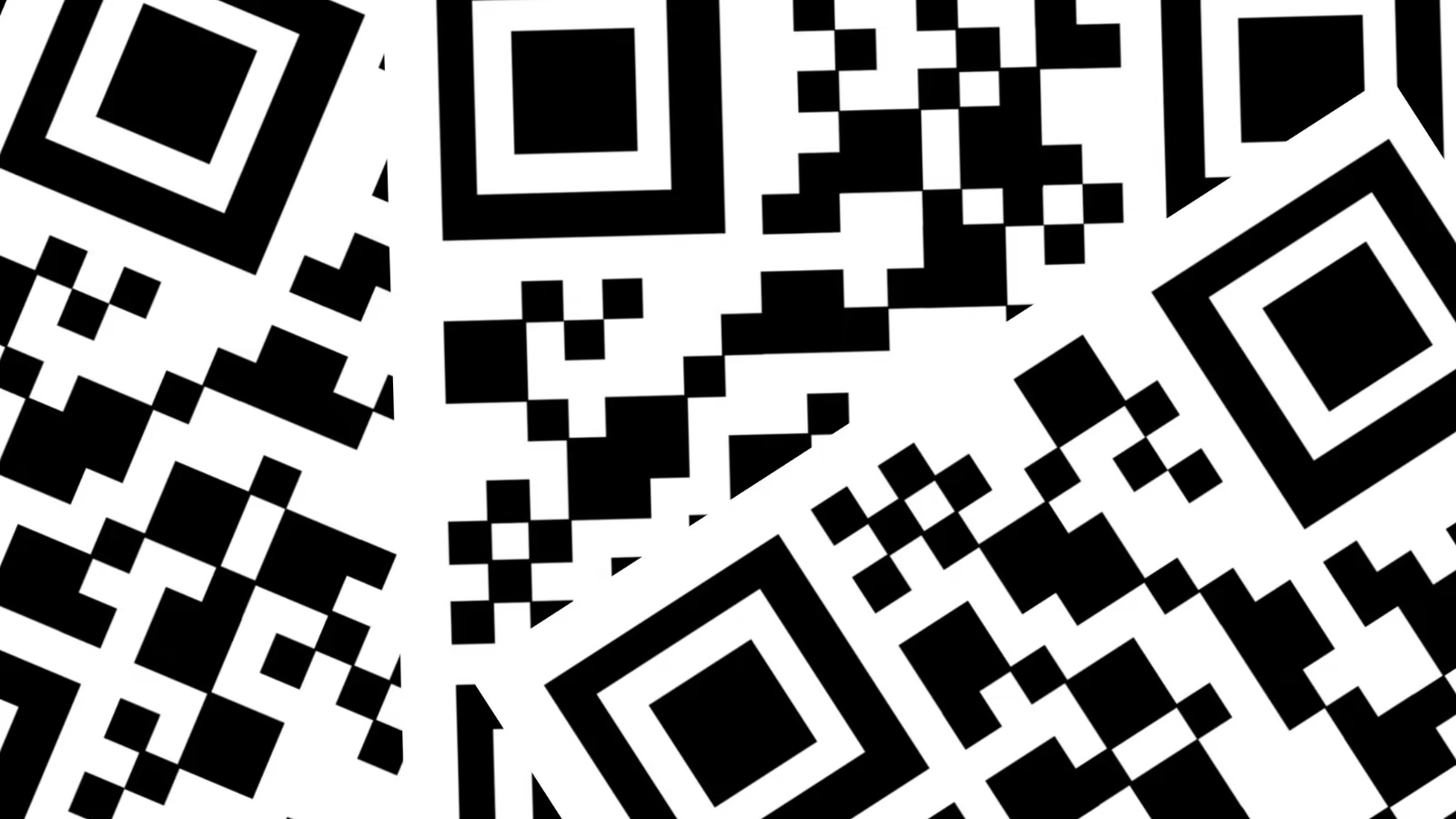What Is a QR Code? How They Work and Why They’re Everywhere

QR codes have become a universal part of everyday life — from restaurant menus and event tickets to product packaging and business cards.
But what exactly is a QR code? How does it store information? And why has it become such a powerful tool for both individuals and businesses?
Let’s break it down.
🧭 What Is a QR Code?
A QR code (short for Quick Response code) is a type of two-dimensional barcode that can store information in a compact, scannable format.
Unlike traditional barcodes, which only store data horizontally, QR codes store data both horizontally and vertically, allowing them to hold:
- Website URLs
- Contact details
- Wi-Fi passwords
- Payment information
- App download links
- Text or numbers
All of this is readable instantly by any smartphone camera.
📦 How QR Codes Store Information
A QR code is made up of hundreds of tiny black and white squares arranged in a grid.
Each square represents part of the encoded data.
The key components include:
Data modules:
The small squares that represent encoded information.Position markers:
The three large squares in the corners that help scanners detect orientation.Timing patterns:
Lines of alternating squares that help define the grid.Error correction:
Built-in redundancy allows QR codes to still work even if part of the code is damaged (like smudges or scratches).
This combination makes QR codes incredibly fast and reliable to scan.
⚙️ How QR Codes Work When Scanned
- You aim your camera at the QR code
- The scanner identifies the position markers
- It reads the tiny squares as binary data
- The data is decoded into text, a URL, or an action
- Your phone automatically opens the associated action (such as a link)
It all happens in under a second.
💡 Why QR Codes Became So Popular
1. Touch-free convenience
During the pandemic, QR codes exploded in popularity because they allowed contact-free menus, check-ins, and payments.
2. Instant information
They give users fast access to links without typing anything manually.
3. Universal compatibility
Every modern smartphone can scan QR codes — no special app required.
4. Flexible usage
They can store many types of data and can be placed almost anywhere, digital or physical.
🧱 What Can You Put in a QR Code?
QR codes can store a surprising variety of data:
- Website URLs
- Email addresses
- SMS messages
- vCards (contact details)
- Event invitations
- Google Maps locations
- App store links
- Social media profiles
- Plain text
- Paypal, Stripe, or crypto payment links
This makes them exceptionally versatile for both personal and professional use.
📈 QR Codes for Business & Marketing
QR codes have become a marketing essential. Brands use them to:
- Track engagement from printed materials
- Replace long URLs with instant mobile actions
- Direct customers to landing pages or sign-ups
- Collect reviews at physical locations
- Link to digital menus or service guides
- Provide instant downloads or coupons
They bridge the gap between offline and online.
🧰 Create Your Own QR Code
You can generate a QR code in seconds using the Tooladex QR Code Generator, which makes it easy to:
- Create codes for any URL
- Choose between static or dynamic codes
- Download the QR code as PNG or SVG
- Customize size and error correction
- Use your codes on posters, packaging, business cards, or websites
Perfect for developers, marketers, small businesses, or personal use.
🧠 Final Thoughts
QR codes may look simple, but they’re incredibly powerful.
They provide a fast, universal, and user-friendly way to share information in both digital and physical spaces.
Whether you’re promoting a product, sharing a menu, connecting people to your social profile, or streamlining your workflow, QR codes are a tool worth using.
And with the Tooladex QR Code Generator, creating your own takes just a few seconds.
QR Code Generator
Generate QR codes for URLs, text, and more. Customize size and error correction level.